Search results6 results
LIBRARY

Germany, 16 C.
Bartisch, Georg
Augen-Dienst: Oder Kurtz und deutlich verfasster Bericht von allen und jeden in- und äusserlichen Mängeln Schäden Gebrechen und Zufällen der Augen (Eye Service: or report of all and every internal and external defects, damages, infirmities, and accidents of the eyes), Author: Georg Bartisch, Publisher: Georg Scheurer, Nuremberg, 1686
GALLERY
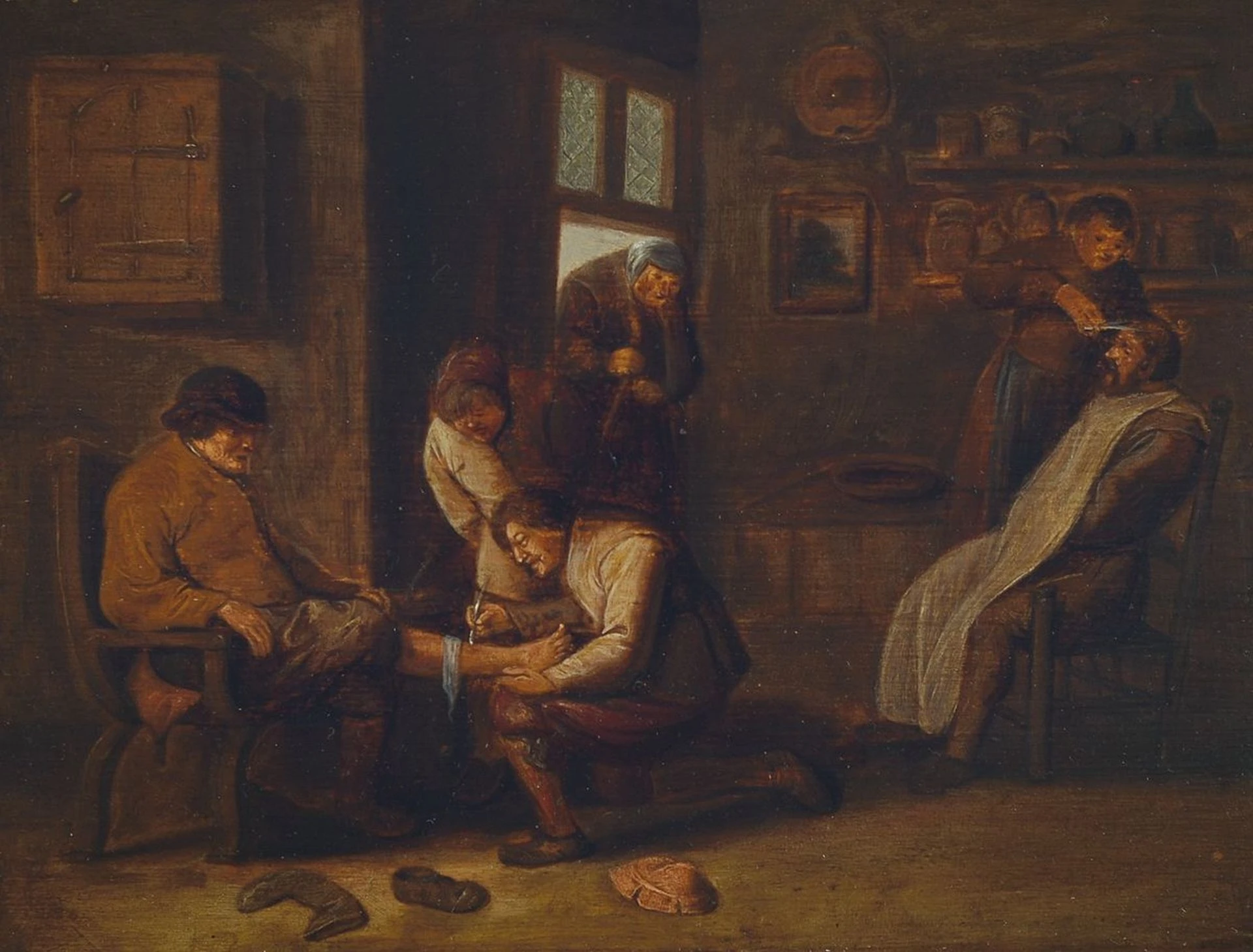
Netherlands, 19 C. 2 half
Unknown dutch traditionalist, 19th century, genre scene: lively practice of a barber-surgeon, cutting hair and operating as a typical characterization of the common guildprofession in styles of the 16th/17th century, oil on wooden panel. Size: 25,0 x 33,0, with gilden frame 34,0 x 42,0 cm
FIRM
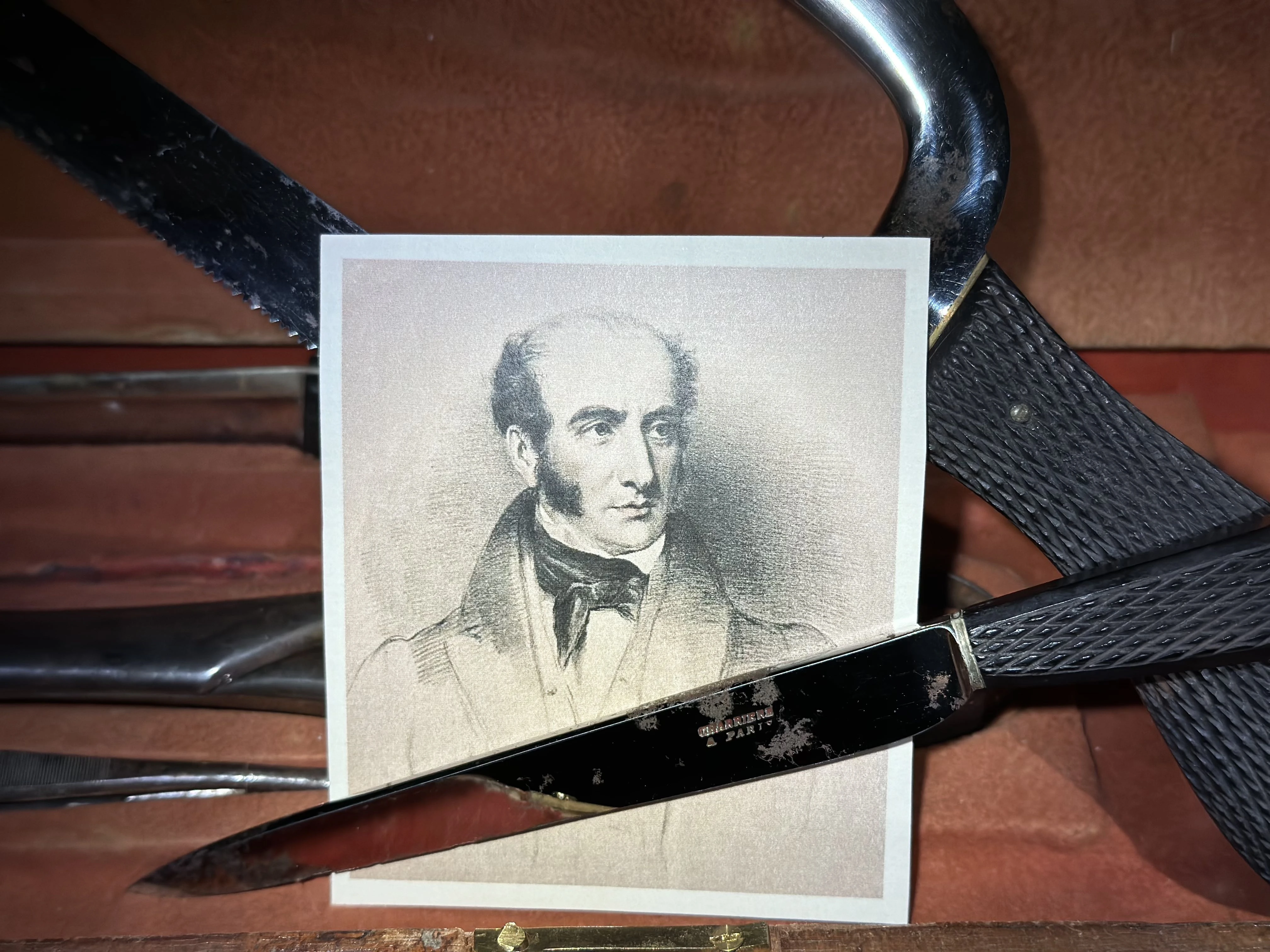
France, Paris
The French company Charrière, founded by Joseph-Frédéric-Benoêt Charrière in the early 19th century, stands as a testament to innovation in medical instrument manufacturing. Born in 1803 in Switzerland, Charrière moved to Paris as a teenager and eventually took over his mentor's cutlery workshop. He became renowned for producing high-quality surgical instruments, notably in lithotripsy and anesthesia. Charrière's technical skill, creativity, and eagerness to learn from surgeons directly influenced his designs. He is also credited with creating the 'Charrière scale,' a measurement standard for medical instruments (also known as 'French gauge'). After his death the company worked under the name Maison Collin till 1957 when it was taken over by Maison Gentile. Charrière's legacy in medical technology endures, symbolizing groundbreaking advancements in healthcare tools.
MUSEUM
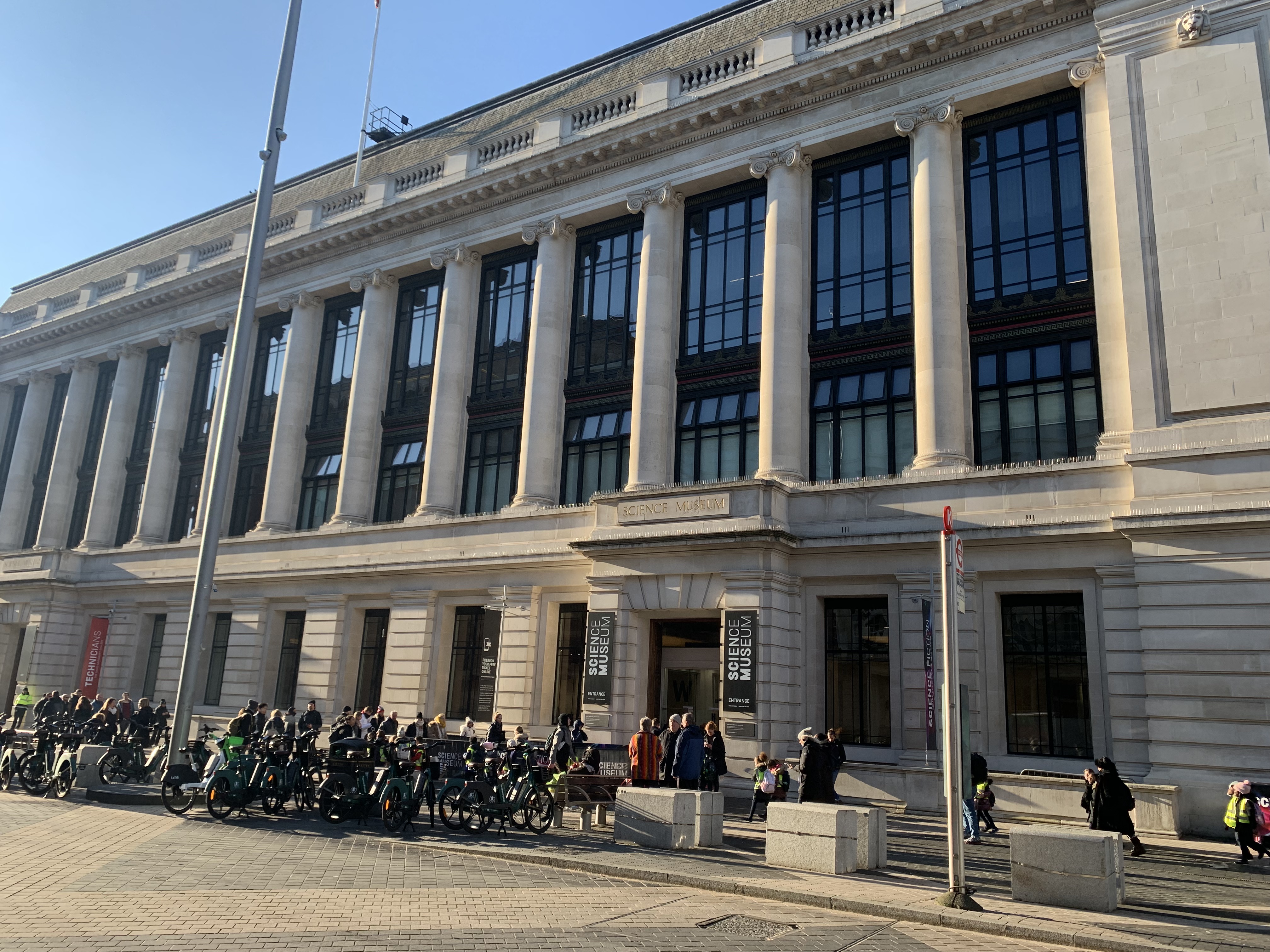
England, London
The Science Museum in London hosts one of the world’s largest medical collections, born from Sir Henry Wellcome’s vision to preserve the history of healing through objects. The modern Wellcome Galleries display over 3,000 items—from Fleming’s penicillin mould and the first MRI scanner to early prosthetics and surgical robots. Blending science, history, and ethics, the galleries engage millions of visitors yearly, while the digital catalogue and ongoing acquisitions ensure global educational and research impact.
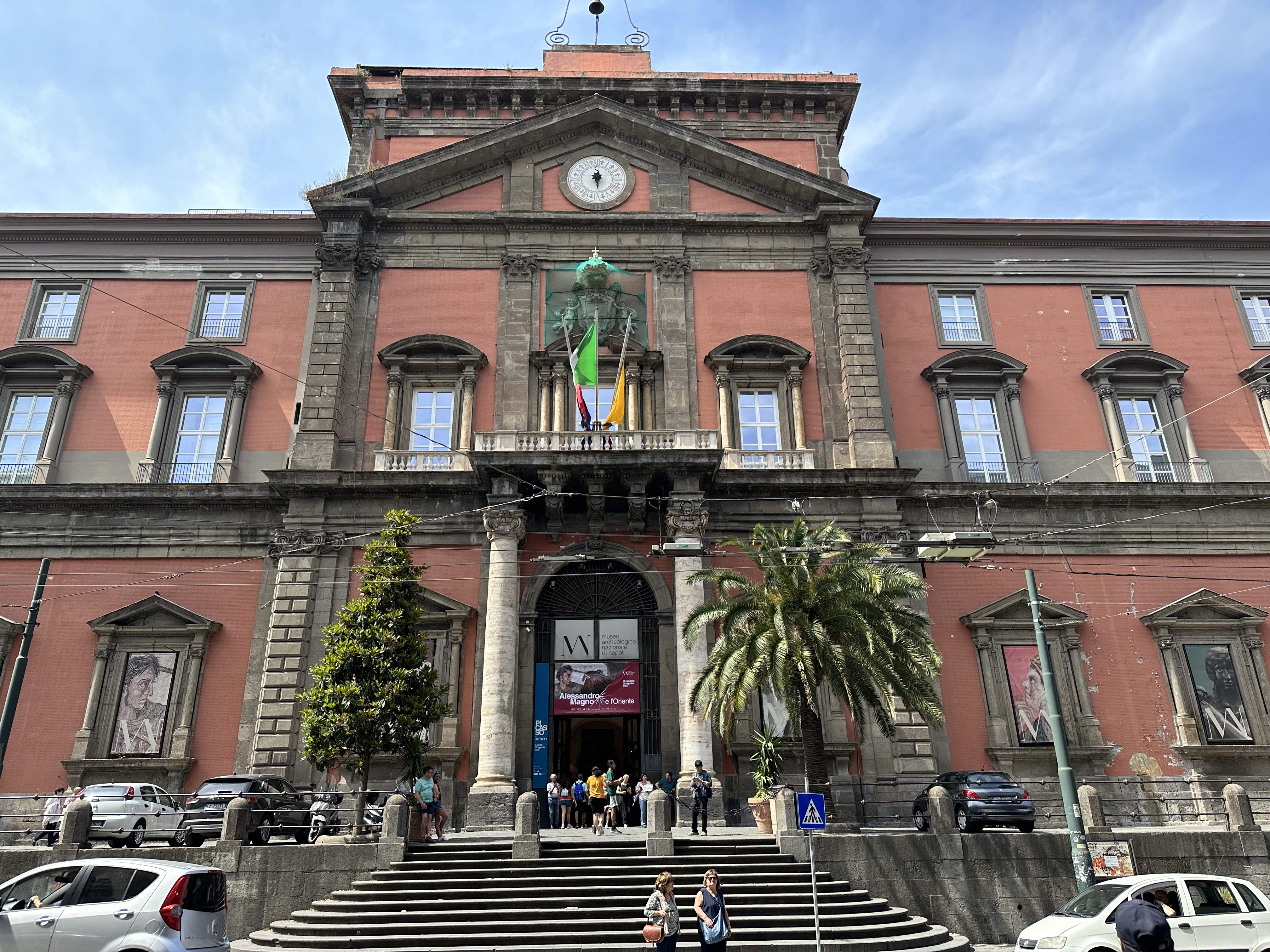
Italy, Naples
Museo Archeologico Nazionale di Napoli (National Archeological Museum of Neapel) holds a significant collection of medical and surgical instruments from ancient Rome recovered from the ruins of Pompeii and Herculaneum, destroyed by the eruption of Mount Vesuvius in 79 AD.
Articles
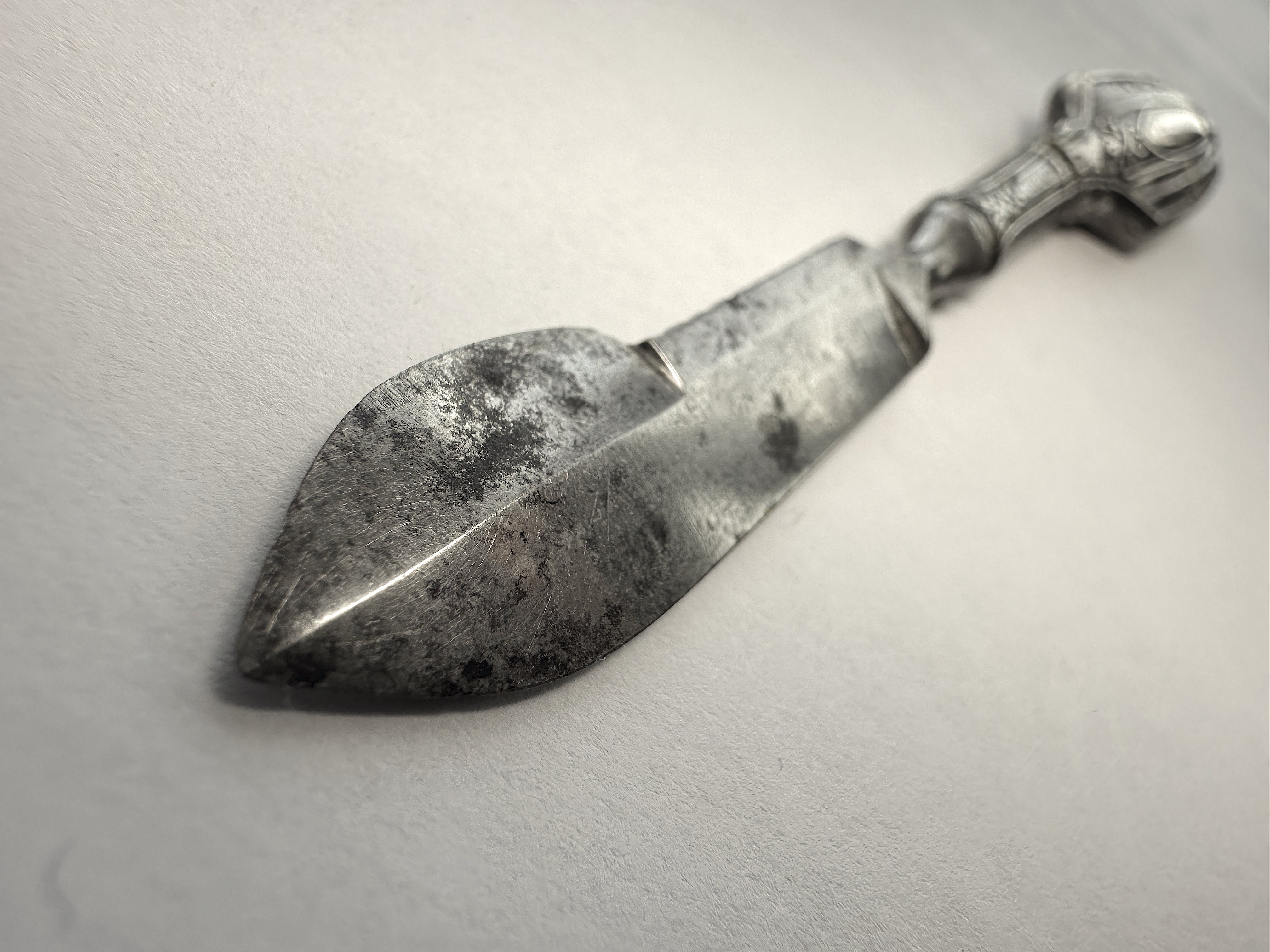
Everyone who deals with antiques sooner or later encounters fakes, collectors of surgical instruments and medical historians are no exception. One of the most frequently counterfeited, or rather issued with fake description – is the lancet, perhaps the most commonly used instrument of the surgeon up to the beginning of the 20th century. The classic antique surgical lancet was an instrument used for opening abscesses, phlebotomy (bloodletting) and other procedures requiring a precise and minimal incision. In appearance, it resembled a small, thin, pointed, double-edged knife that allowed the doctor to make clean and precise incisions. The presented specimen appeared to be not a "silver Victorian lancet", but something else...